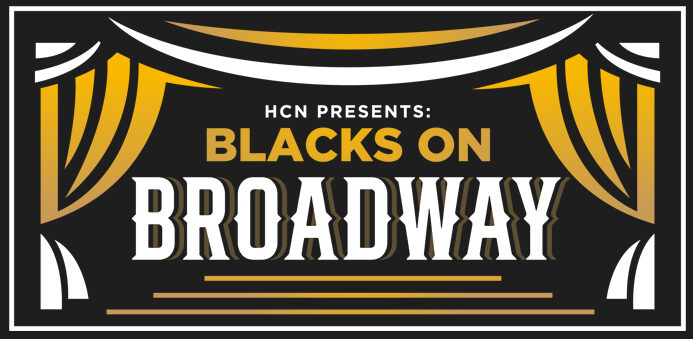98 Years of Celebrating Black History Nationwide
Categories: commentary,
By Erin Lewenauer
The month of February kicks off with the bright splash of Black History Month, also known as African-American History Month, an annual observance originating in the United States.
Black History Month began as a way of remembering significant individuals and events in the history of the African Diaspora and is now recognized in several countries, including Canada, Ireland, and the United Kingdom. The precursor to Black History Month was Negro History Week, created in 1926 by historian Carter G. Woodson and the Association for the Study of Negro Life and History. They hoped to raise awareness of African-American contributions to civilization.
The second week of February was chosen because it aligned with the birthdays of Abraham Lincoln and Frederick Douglass. The primary emphasis was on encouraging the teaching of the history of Black Americans in public schools. It took awhile for these efforts to gain momentum and come to fruition. Woodson insisted that valuing and preserving the history of cultures and traditions is essential.
Negro History Week gained popularity through the decades, with mayors across the country who endorsed it as a holiday. At the time of Woodson’s death in 1950, the week had become a major part of African-American life, and progress had been made in involving more Americans in the appreciation of the celebration.
The Black Awakening and Civil Rights Movement in the 1960s dramatically expanded consciousness and awareness around the importance of Black history and cultural contributions. Black History Month was first presented by Black educators and the Black United Students at Kent State University in February 1969. The first celebration took place one year later. Within six years, Black History Month spread across the nation and was celebrated in educational institutions, centers of Black culture, and community centers.
In 1976, President Gerald Ford recognized Black History Month during the celebration of the United States Bicentennial, stating, “Seize the opportunity to honor the too-often neglected accomplishments of Black Americans in every area of endeavor throughout our history.” This occurred 50 years after the first celebration of Black History Week. Since then, each American president has made Black History Month proclamations and the renamed Association for the Study of African American Life and History continues to promote and share the study of Black history year-round.
New York City is one of the best places to celebrate Black History Month. There are numerous parks, museums, cultural sites, and monuments dedicated to Black inspirational leaders. There are many African-American Namesake Parks in the city, including Martin Luther King Triangle, Dred Scott Bird Sanctuary, Grant Park, and Elston Gene Howard Field. There are also a number of cultural sites dedicated to the African Diaspora, including the Caribbean Cultural Center African Diaspora Institute, the Louis Armstrong House Museum, the Malcolm X and Dr. Betty Shabazz Memorial & Educational Center, the Museum of Contemporary African Diasporan Art, the Sandy Ground Historical Society Museum, the African Burial Ground National Monument, and more. The annual celebration pays tribute to the generations of African-Americans who struggled with adversity to achieve full citizenship in American society and their enormous accomplishments.






